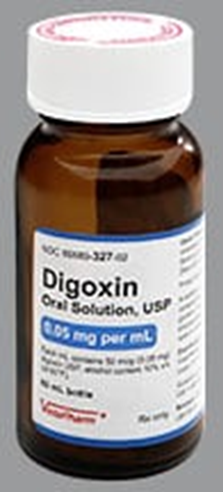A nurse is preparing to perform a sterile dressing change for a client who has a stage III pressure ulcer. Which of the following actions should the nurse plan to take?
Don sterile gloves before removing the dressing.
Offer the client pain medication before the procedure.
Prepare the sterile dressing supplies 30 min before the dressing change.
Disinfect the wound bed with alcohol before applying tape.
The Correct Answer is B
Choice A: This is incorrect. The nurse should don clean gloves before removing the dressing, and then change to sterile gloves before applying the new dressing.
Choice B: This is correct. The nurse should offer the client pain medication before the procedure, as changing a dressing for a stage III pressure ulcer can be very painful.
Choice C: This is incorrect. The nurse should prepare the sterile dressing supplies just before the dressing change, not 30 min before, to prevent contamination.
Choice D: This is incorrect. The nurse should not disinfect the wound bed with alcohol, as this can damage the healthy tissue and delay healing. The nurse should use a saline solution or an antiseptic solution as prescribed.
Nursing Test Bank
Naxlex Comprehensive Predictor Exams
Related Questions
Correct Answer is A
Explanation
Choice A reason: Withholding the medication if the systolic blood pressure is less than 90 mm Hg is an appropriate action, as propranolol is a beta-blocker that can lower blood pressure and cause hypotension, which can impair tissue perfusion and cause dizziness, fainting, or shock.
Choice B reason: Requesting a dosage increase if the apical heart rate is less than 60/min is an inappropriate action, as propranolol can slow down the heart rate and cause bradycardia, which can lead to fatigue, weakness, or cardiac arrest. The nurse should monitor the apical pulse before administering propranolol and withhold it if it is less than 60/min.
Choice C reason: Informing the client to expect increased hair growth is an incorrect statement, as propranolol does not cause hypertrichosis or excessive hair growth. However, another beta-blocker, minoxidil, can cause this side effect.
Choice D reason: Administering the medication with an antacid is not an appropriate action, as antacids can interfere with the absorption of propranolol and reduce its effectiveness. The nurse should administer propranolol on an empty stomach or with food that does not contain antacids.
Correct Answer is B
Explanation
Choice A reason: Blurred vision is not an expected side effect of digoxin, but a sign of digoxin toxicity, which requires immediate medical attention.
Choice B reason: This is the correct answer because digoxin can cause hypokalemia (low potassium levels), which increases the risk of digoxin toxicity. Therefore, clients taking digoxin need to have their potassium levels monitored regularly and consume foods rich in potassium.

Choice C reason: Antacids can interfere with the absorption of digoxin and reduce its effectiveness. Clients taking digoxin should avoid taking antacids within two hours of taking the medication.
Choice D reason: Weighing oneself every other day is not related to digoxin therapy, but to fluid balance. Clients with heart failure, who are often prescribed digoxin, need to monitor their weight daily and report any significant changes to their health care provider.
Whether you are a student looking to ace your exams or a practicing nurse seeking to enhance your expertise , our nursing education contents will empower you with the confidence and competence to make a difference in the lives of patients and become a respected leader in the healthcare field.
Visit Naxlex, invest in your future and unlock endless possibilities with our unparalleled nursing education contents today
Report Wrong Answer on the Current Question
Do you disagree with the answer? If yes, what is your expected answer? Explain.
Kindly be descriptive with the issue you are facing.
